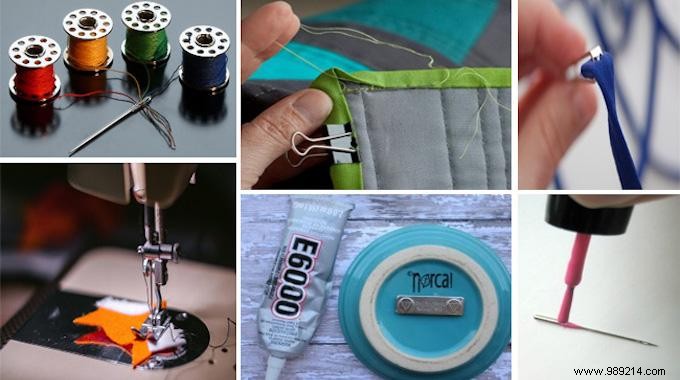
Do you like sewing? Me too, I love!
Sewing is an exciting and relaxing activity.
It allows you to create beautiful things...
...not to mention the savings you make by mending clothes for the whole family.
But it's not always so easy to sew...
So to make your life easier, I've selected the 24 best sewing tips for you.
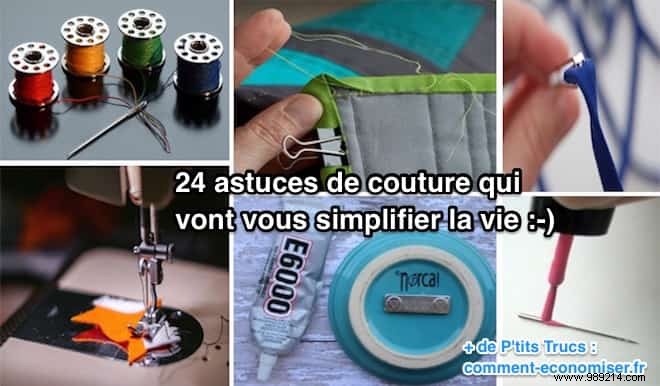
Most of these things my grandmother taught me. And I can tell you that she was a very good seamstress!
Are your threads and needles ready? So let's go ! Watch:
1. Use paper clips to hold pieces of leather together. Indeed, it is not recommended to use pins because they leave holes in the leather and damage it. So paperclips are the perfect solution.
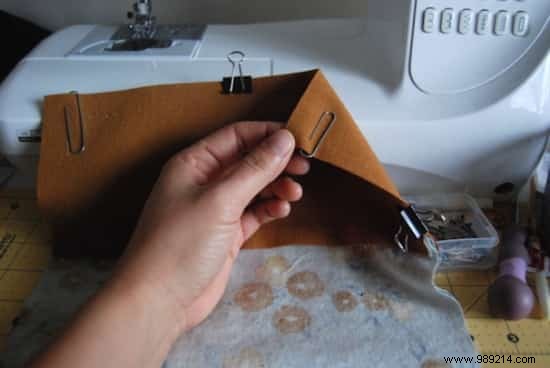
2. Stuff a small cushion with steel wool. That way, when you stick a needle in it, not only does it stay in place and you know where to find it, but the pad also sharpens your needles.
3. Spray hairspray on the end of your yarn to keep it straight. This makes it much easier to pass the thread through the eye of a needle.
4. To mark a fabric and have a nice measuring tool, use Washi tape. It measures 15mm wide. And it's long enough to help you take hem measurements and can be used in so many sewing ways!
5. To easily pass an elastic in the hem of the waistband of a garment, use a lace guide. You can also use it to catch the drawstring of your pants or hoodie. Handy, because no one likes to catch those strings deep in the hem...
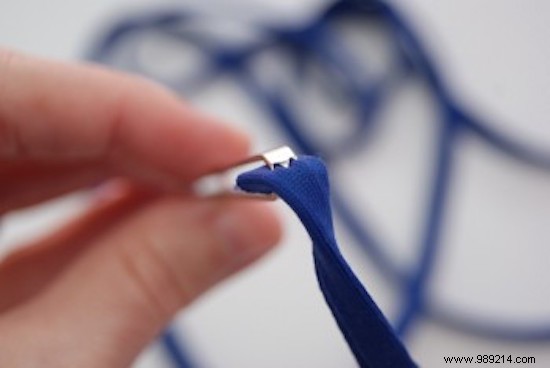
6. When sewing on a button or a frill, make sure you have your hair straightener handy. Why ? Because you will be able to use it to smooth the fabric between each button or embellishment.
7. Use steel washers to make sewing weights. Very practical for holding the pattern on your fabric and making the cutouts!
8. If you're trying to piece together the fabric pieces of your creation, cheat a bit by using the so-called zigzag stitch method. Sew a zigzag seam to overcast the pieces of your fabric. That way, your fabric won't fray. It is very easy to do. Then all you have to do is use a straight stitch to join your pieces together. There you go!
9. Run rubber bands around the base of your sewing machine for a sewing guide when you want to sew straight.
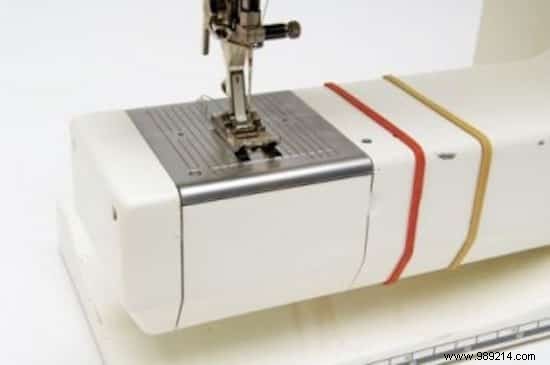
10. When trying to sew on thick fabric with relief, which is difficult to work with, put a plastic bag over it. You will be able to slide on it much more easily and sew straight.
11. Creating your homemade hem guide couldn't be simpler. Use card stock. It will help you iron the hems, perfectly fold the fabric with the iron, without burning your fingers. Awesome, isn't it?
12. Stick a magnet with glue under the cup in which you put your pins. No more scattered needles! You are now sure to find them easily.
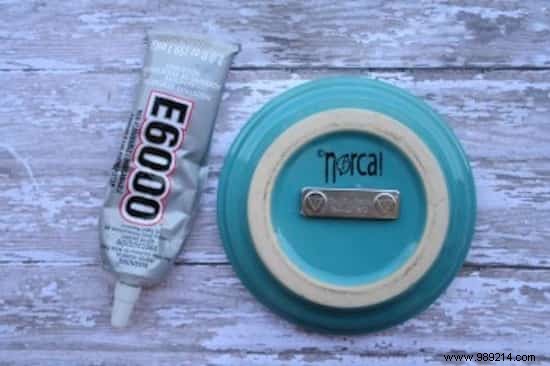
13. Foam foot spacers used to do a pedicure can come in really handy for sewing. You can wedge the new spools into the slots where you normally put your toes. That way, they'll all be in one place and easy to find when you need them.
14. To create your small, easy-to-carry sewing kit, store your needles, pins and threads in a small box, like a matchbox.
15. There is nothing more annoying than the threads of a button coming undone after you sew it on... Well this problem can be solved easily with clear nail polish. Just put a little nail polish on the wires that hold the button to make it stay in place much longer!
16. Tie a long string to the handles of your scissors. So you can wear them around your neck so you always know where they are!
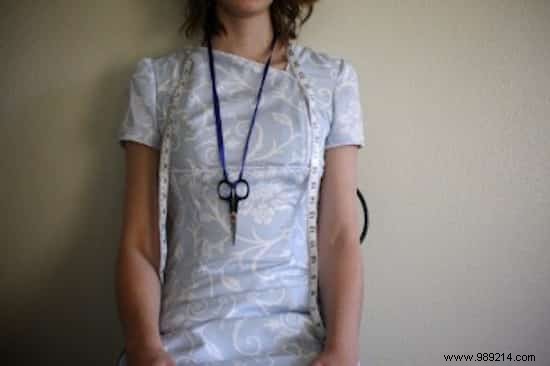
17. Put a rubber band around the pedal of your sewing machine so that your foot no longer slips.
18. To succeed in a sewing project, it is important to keep your scissors always sharp. So here's a quick and easy tip. To sharpen them easily, use them to cut aluminum foil.
19. To make sure your measurements are always correct, attach a measuring tape (or tape measure) to the end of your table.
20. When you're sewing, it's really handy to have an extra pair of hands! Unfortunately, we don't always have someone on hand to help us. So, if no one is there, use clipboards. They help hold fabric hems in place while you sew. They are also very useful for making a quilted quilt (also called a sandwich quilt).
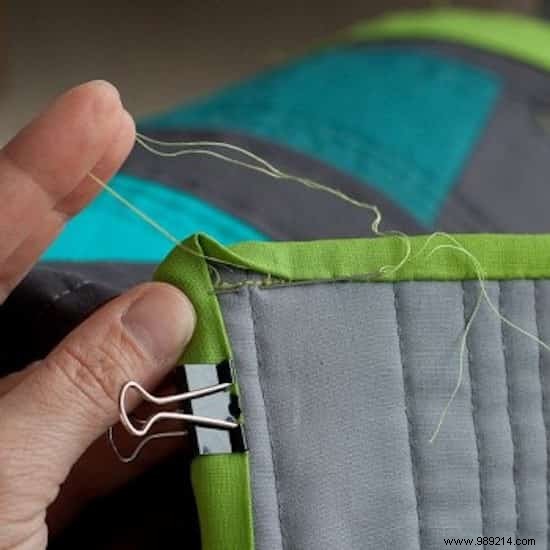
21. To make sure you don't go overboard when sewing the stitches of a buttonhole, slide a pin across the end of the buttonhole.
22. If you want to make a quilt, collect old blankets that you no longer use. They are perfect for quilting your quilt.
23. If you have worn pins that slide less well, it becomes difficult to work with. To remedy this, plant them in a soap bar. It will then be much easier to stitch them into the fabric.
24. When you need to leave or add a seam allowance, just make a double pencil by taping 2 pens together. Their width will be about 8 mm. I assure you it works!